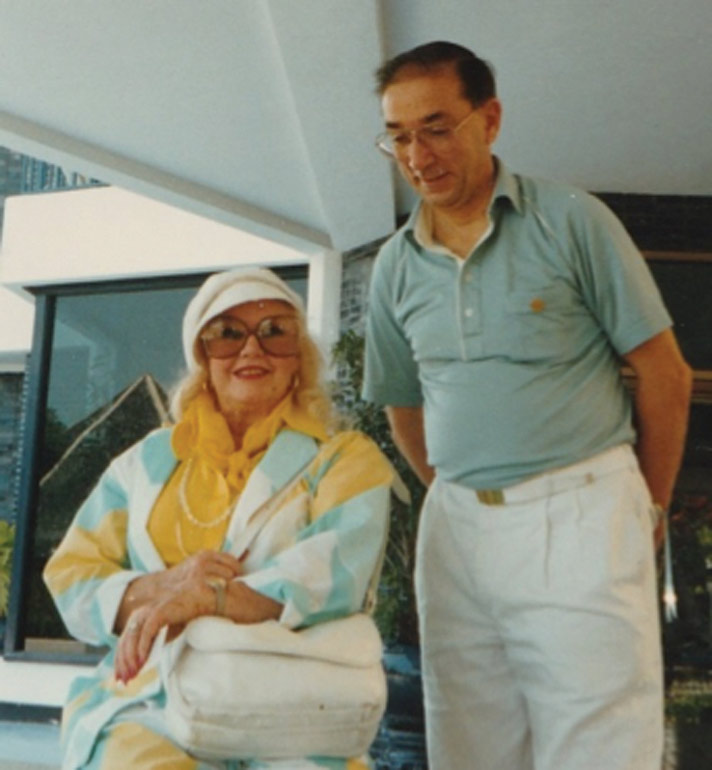A Few Minutes with the Mayor – May 2018
A visitor stopped by my office the other day to discuss a dream she has. That dream is to one day see a world where everyone who is handicapped and wheelchair-bound will have the freedom of movement to go where others go who take it for granted. An admirable idea, one where there has been considerable progress during my lifetime, but not nearly enough for those unable to walk.
Larry Smith, our City Historian, recently sent me a photograph taken in 1906 of a newsboy on crutches in New York City. Given the crude state of prosthetics in that day, the poor lad was probably doomed to a life without the privileges we all take for granted. At my birth a generation later, there still was little progress in this area.
In 1933 Frank Capra made an Oscar-nominated film, Lady For a Day, a Damon Runyon story. Runyon always populated his stories with people he knew or met as a reporter on Broadway. In this one he created a character called “Shorty,” based on a real “Shorty” from the streets of Broadway. Shorty was without legs; his were blown off in World War I. He got around on a go-cart, a platform he could wheel around the streets while sitting. It wasn’t high tech.
Capra saw Shorty and brought him to Hollywood for the film, even giving him a speaking part. His scenes remind me of growing up seeing men like him selling pencils on the streets of New York City. These were veterans from our battles “Over There.” They had no G.I. Bill and no V.A.
In World War II, it was estimated fifty to eighty million people were killed. Multiply this by four or five and one has an idea of the total casualties with wounded included. The number is so horrific it goes beyond any comprehension or understanding. Yet from this cauldron of human terror there came significant advances in medical science along with hope for people such as Shorty. Today it is common to see races with runners wearing prosthetics as they sprint from start to finish. Nonetheless, there is and will continue to be, a growing population using wheelchairs, walkers, and other such aids.
When my visitor brought up this subject, I began to reminisce about one such wheelchair-bound person, a very close and dear friend of mine for years—Ginger Rogers. In 1987 she’d suffered a stroke making her wheelchair-dependent for the remainder of her life. At the time I told her that when I was with her I saw no wheelchair, only her. And… to the best of my ability, I tried to do just that each time we were together. Then, one memorable day we went to dinner at a restaurant in Ashland, one we had never been to before. I packed the wheelchair in the car, helped Ginger get in, and off we went. I parked about a half block from the place, got the wheelchair out, helped her in and walked down the street. To my utter dismay, the restaurant entrance sat on top of a large number of steps and there was no ramp. There was no way I could lift her and the wheelchair up those steps. So I had to leave her alone in the street while I went inside to find help. I did, and we were finally seated at the table. Ginger was an absolute dear about the whole thing.
Living in a historic city is not easy for such people. Often, historic structures have narrow entrances with steps to match. Built before even Shorty’s time, they sit as a window into the past. Ramps can require more space than is available and so those in wheelchairs are much like Ginger was when trying to navigate about.
At New City Hall, though it is expensive, we are building a ramp at the rear entrance. There is room. Where we can make other accommodations we will. It’s the right thing to do.
Featured image is of Ginger Rogers with Paul Becker.

 Paul Becker is the current Mayor of Historic Jacksonville, Oregon.
Paul Becker is the current Mayor of Historic Jacksonville, Oregon.